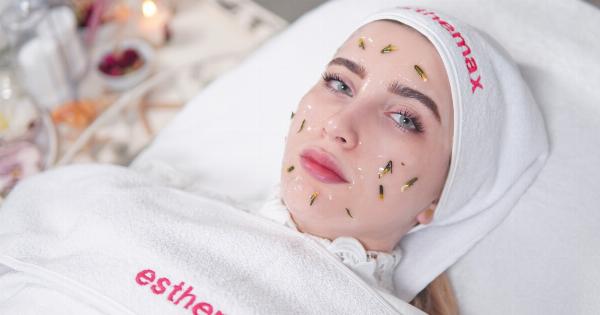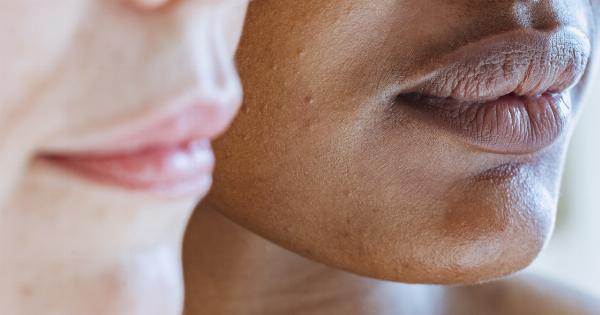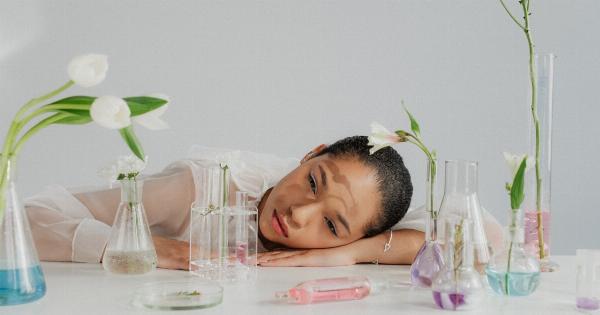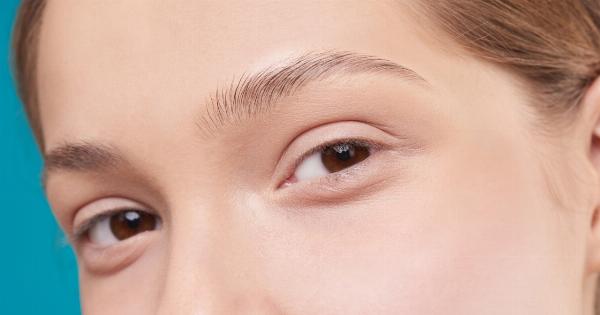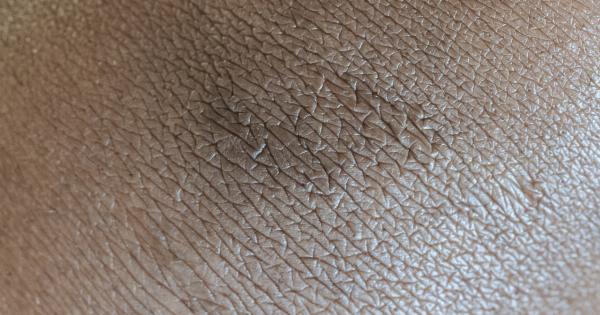Facial blemishes are a common skin concern that can greatly affect a person’s self-esteem and confidence. Whether it’s acne, redness, dark spots, or scars, blemishes can be frustrating to deal with.
Understanding the causes and available treatments for facial blemishes is crucial for managing and improving the appearance of the skin. This article aims to provide a comprehensive overview of the various types of blemishes, their causes, and effective treatment options.
The Different Types of Facial Blemishes
1. Acne: Acne is one of the most common facial blemishes, affecting people of all ages. It occurs when hair follicles become clogged by oil, dead skin cells, and bacteria. Acne can manifest as pimples, blackheads, whiteheads, or cysts.
2. Rosacea: Rosacea is a chronic skin condition that causes facial redness, visible blood vessels, and small, red bumps. It often appears on the central part of the face, including the cheeks, nose, forehead, and chin.
3. Hyperpigmentation: Hyperpigmentation refers to patches or spots on the face that are darker than the surrounding skin.
It is usually caused by an overproduction of melanin, which can be triggered by acne, sun exposure, hormonal changes, or injury to the skin.
4. Scars: Facial scars can result from acne, injuries, surgeries, or certain skin conditions. They occur when the deep layers of the skin are damaged, leading to an overproduction of collagen during the healing process.
Scars can be raised (hypertrophic scars) or depressed (atrophic scars).
5. Eczema: Eczema, also known as atopic dermatitis, is a chronic skin condition characterized by red, itchy, and inflamed patches. It can occur anywhere on the body, including the face.
The Causes of Facial Blemishes
1. Hormonal Changes: Fluctuations in hormone levels, particularly during puberty, menstrual cycles, pregnancy, and menopause, can contribute to the development of facial blemishes.
Hormonal imbalances can increase oil production, leading to clogged pores and acne.
2. Poor Skincare Routine: Neglecting proper skincare practices can contribute to the formation of facial blemishes.
Failing to cleanse, exfoliate, moisturize, and protect the skin can allow dirt, bacteria, and dead skin cells to accumulate, leading to clogged pores and acne breakouts.
3. Genetics: Some individuals are genetically predisposed to certain skin conditions, including acne and rosacea. If your parents or other close relatives have a history of facial blemishes, your chances of developing them are higher.
4. Environmental Factors: Exposure to harsh environmental conditions, such as pollution, extreme temperatures, and UV radiation, can damage the skin and contribute to the development of blemishes.
UV radiation, in particular, can trigger hyperpigmentation and worsen existing blemishes.
5. Stress: Chronic stress can disrupt the body’s hormonal balance and weaken the immune system, making the skin more susceptible to blemishes.
Additionally, stress can lead to habits like touching or picking at the face, which can aggravate existing blemishes and cause scarring.
Effective Treatments for Facial Blemishes
1. Topical Medications: Over-the-counter creams, gels, and lotions containing ingredients like benzoyl peroxide, salicylic acid, or retinoids can be effective in treating acne and reducing inflammation.
Prescription-strength medications may be necessary for severe or stubborn cases.
2. Oral Medications: In some cases, oral medications, such as antibiotics or hormonal therapies, may be prescribed to control acne or hormonal imbalances contributing to blemishes.
These medications should always be taken under the guidance of a healthcare professional.
3. Chemical Peels: Chemical peels involve the application of a chemical solution to the skin to remove the top layer, revealing smoother and more even-toned skin beneath.
They can be helpful in treating hyperpigmentation, acne scars, and fine lines. Different types of peels are available, ranging from superficial to deep.
4. Laser and Light Therapies: Laser resurfacing, intense pulsed light (IPL) therapy, and photodynamic therapy (PDT) are examples of treatments that use light-based technologies to target specific blemishes.
These therapies can address acne, rosacea, scars, and hyperpigmentation.
5. Microdermabrasion: Microdermabrasion involves exfoliating the skin with tiny crystals or a diamond-tipped wand to remove dead skin cells and stimulate collagen production.
It can improve the appearance of acne scars, hyperpigmentation, and overall skin texture.
Prevention and Homecare Tips
In addition to professional treatments, a consistent skincare routine can help prevent and manage facial blemishes. Here are some important steps to incorporate into your daily routine:.
1. Cleanse: Use a gentle cleanser suitable for your skin type to remove dirt, oil, and impurities from the face. Avoid harsh cleansers that can strip the skin of its natural oils, as this can trigger increased oil production.
2. Exfoliate: Regular exfoliation can help remove dead skin cells and unclog pores, reducing the likelihood of acne breakouts. However, be cautious not to over-exfoliate, as this can cause skin irritation and damage.
3. Moisturize: Choose a moisturizer that is non-comedogenic (won’t clog pores) to keep the skin hydrated without exacerbating acne or other blemishes.
Moisturizing helps maintain the skin’s barrier function and prevents dryness.
4. Sun Protection: Use a broad-spectrum sunscreen with at least SPF 30 to protect your skin from harmful UV rays. Sunscreen helps prevent hyperpigmentation, scarring, and premature aging caused by sun damage.
5. Hands Off: Avoid touching or picking at your face, as this can introduce bacteria and cause further inflammation or infection. Picking at acne lesions can lead to scarring as well.

